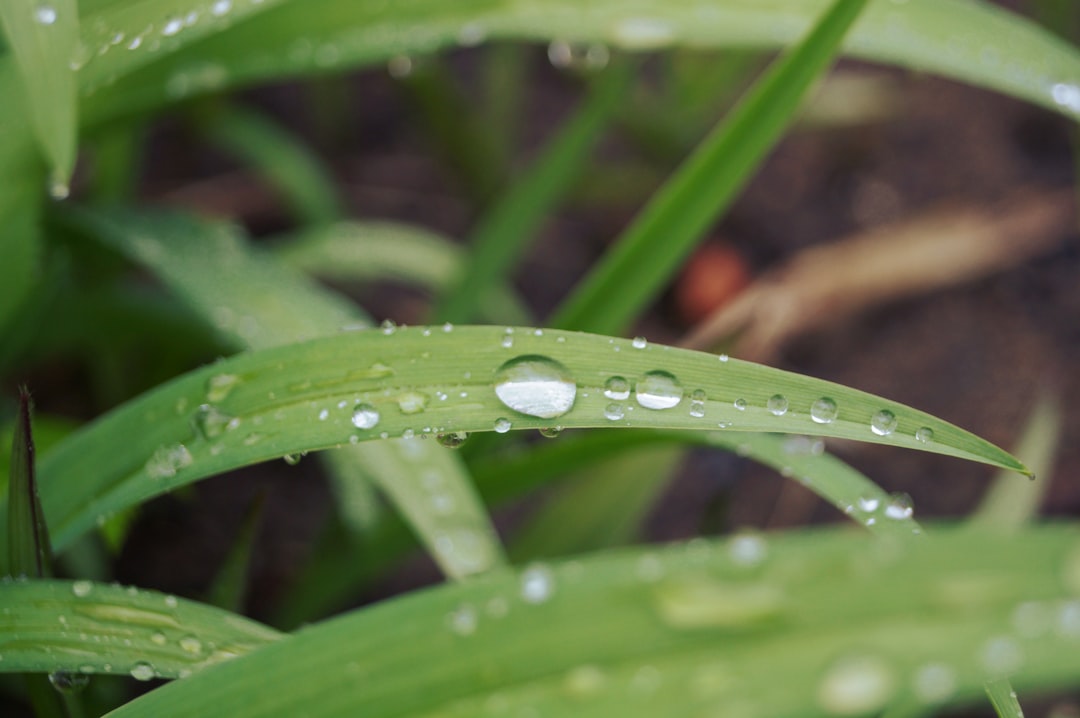What is it about?
The disposal of sludge and bagasse has intensified environmental challenges, which include pollution and waste management issues. Therefore, the study of valorizing biomass (wastewater sludge and sugarcane bagasse) is a viable conversion process for energy recovery from sludge and bagasse through an artificial synthetic coal production process, i.e. hydrothermal carbonization.
Featured Image

Photo by Anne Nygård on Unsplash
Why is it important?
The growing demand for fuel coupled with the depletion of fossil fuel reserves demonstrates the need for alternative energy sources. A renewable resource such as sludge and bagasse can be optimized as an energy source. The results obtained in this study reveal that temperature has a great impact on yielding the highest biocoal.
Perspectives
Writing this article was a great pleasure and collaborating with a highly respected author was a privilege. I believe that this study will bring greater involvement in renewable energy and environmental health.
Zinhle Mkhwanazi
Durban University of Technology
Read the Original
This page is a summary of: Production of biocoal from wastewater sludge and sugarcane bagasse using hydrothermal carbonization, Biofuels Bioproducts and Biorefining, November 2022, Wiley,
DOI: 10.1002/bbb.2447.
You can read the full text:
Contributors
The following have contributed to this page










